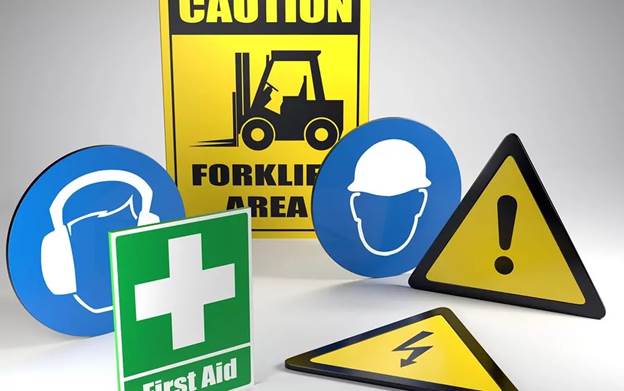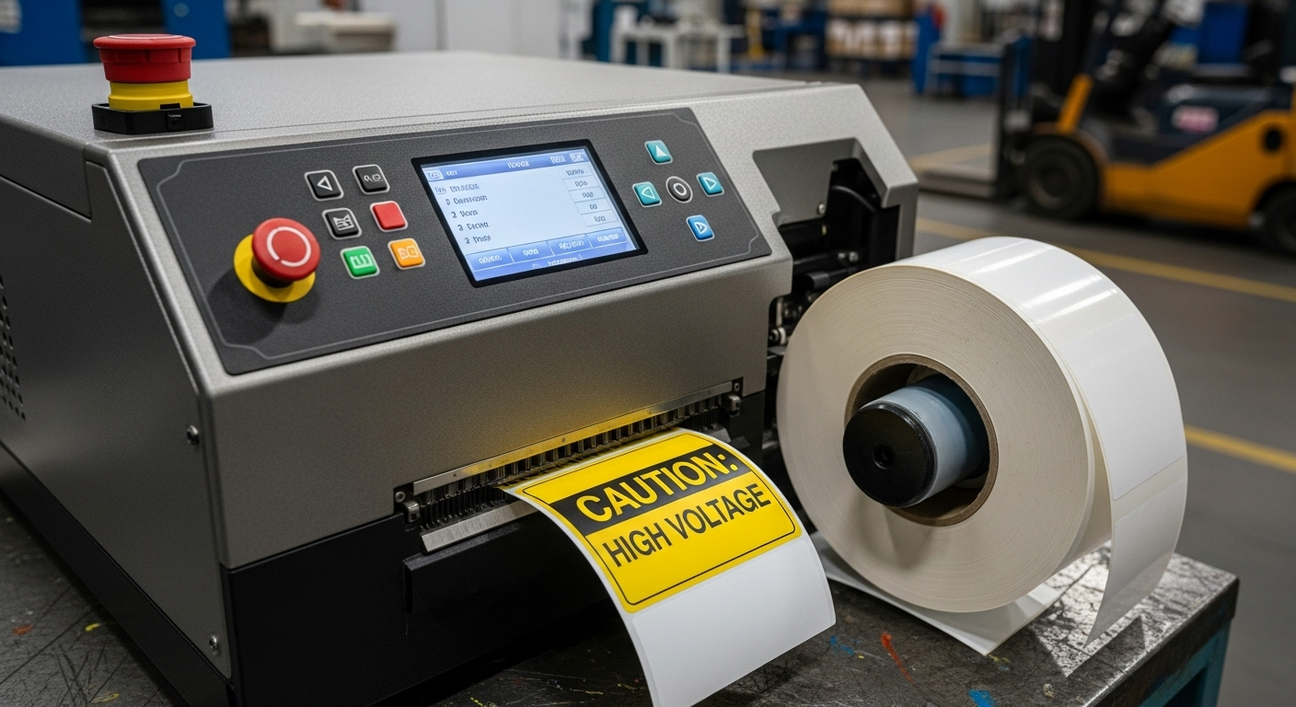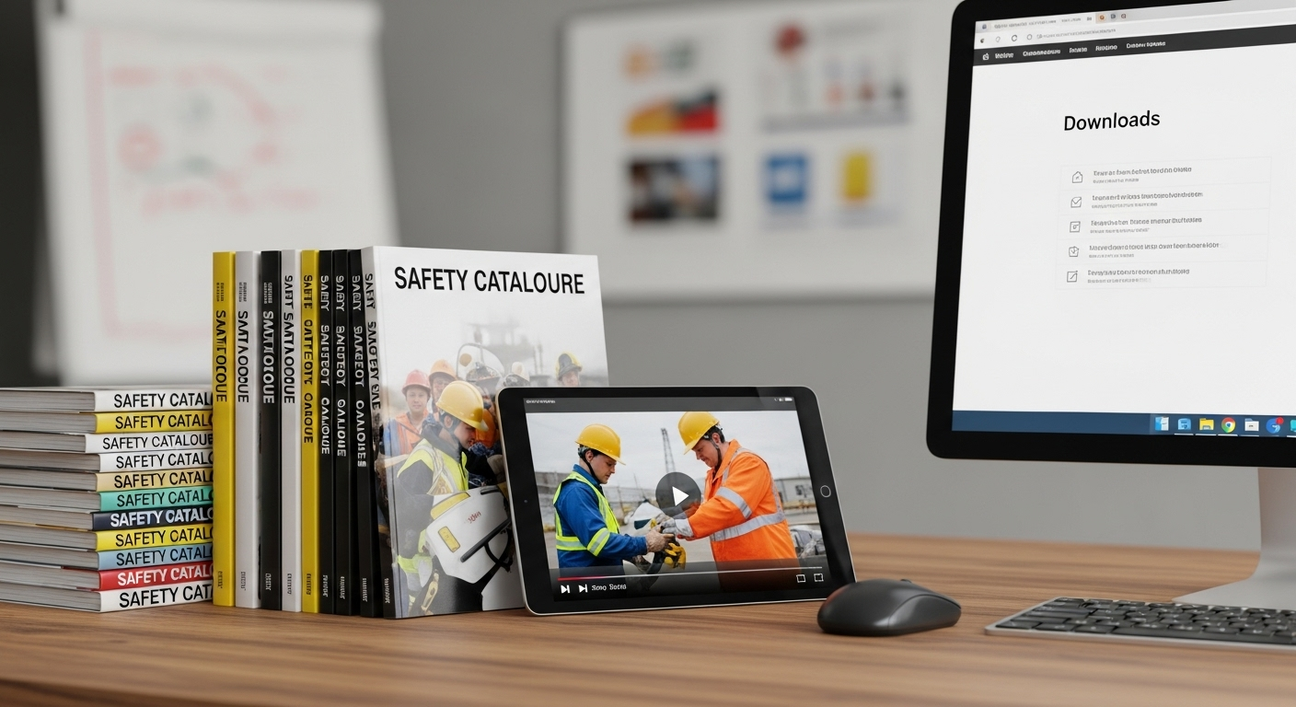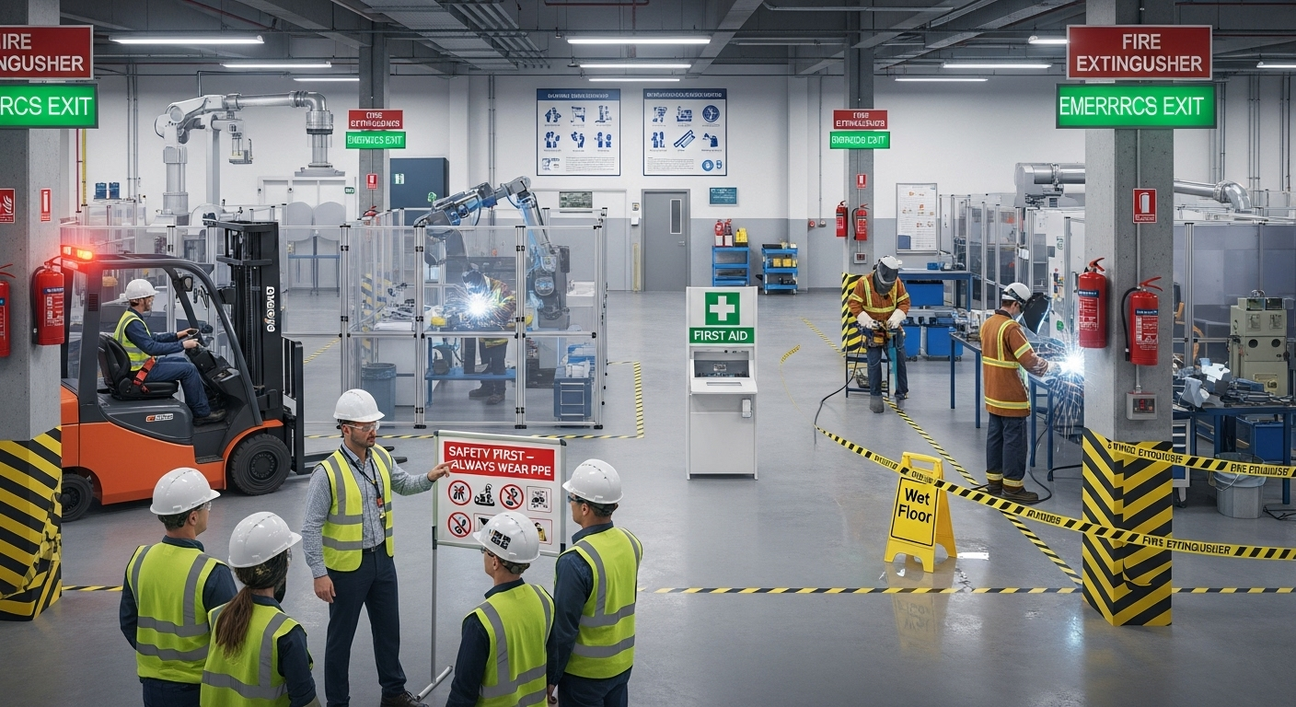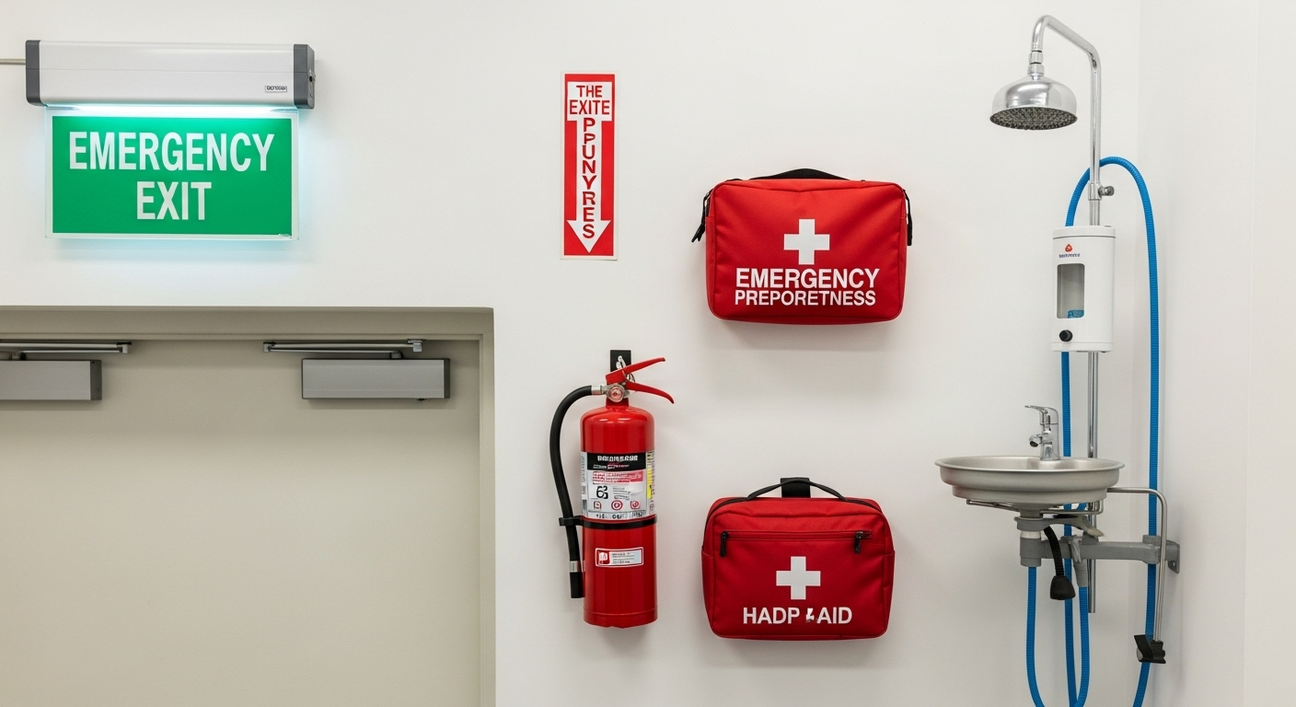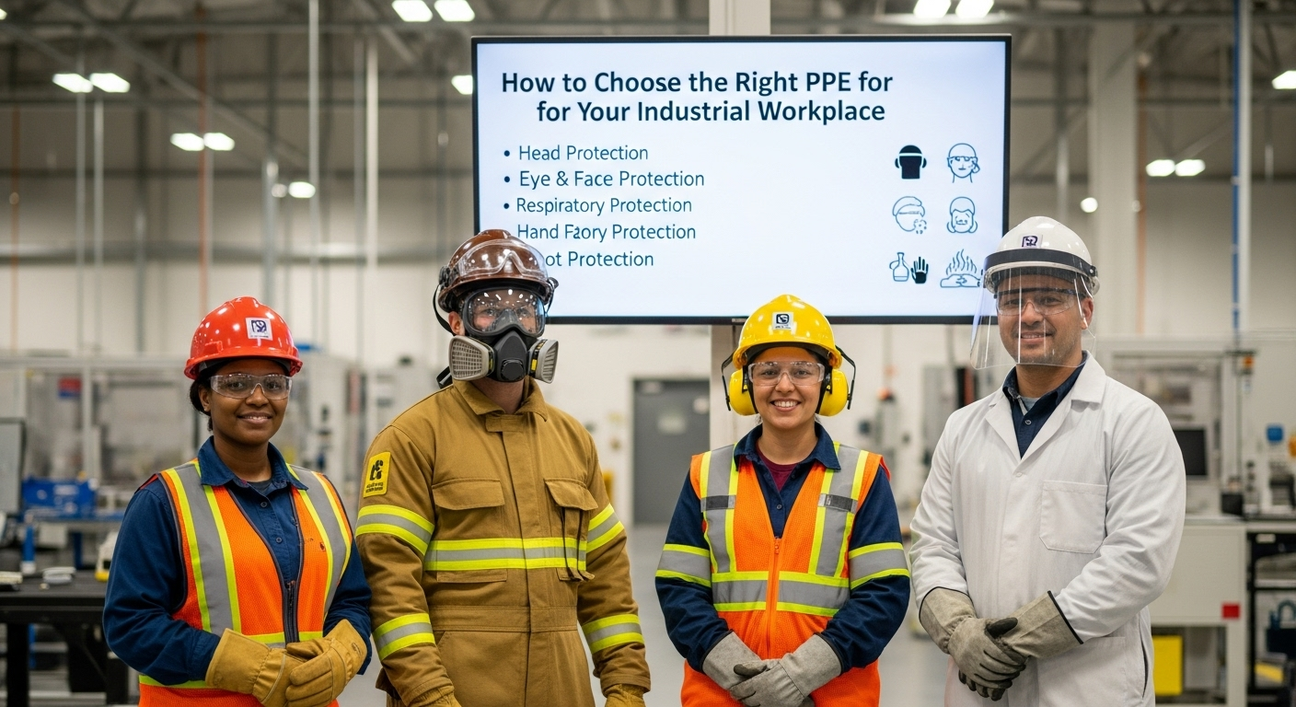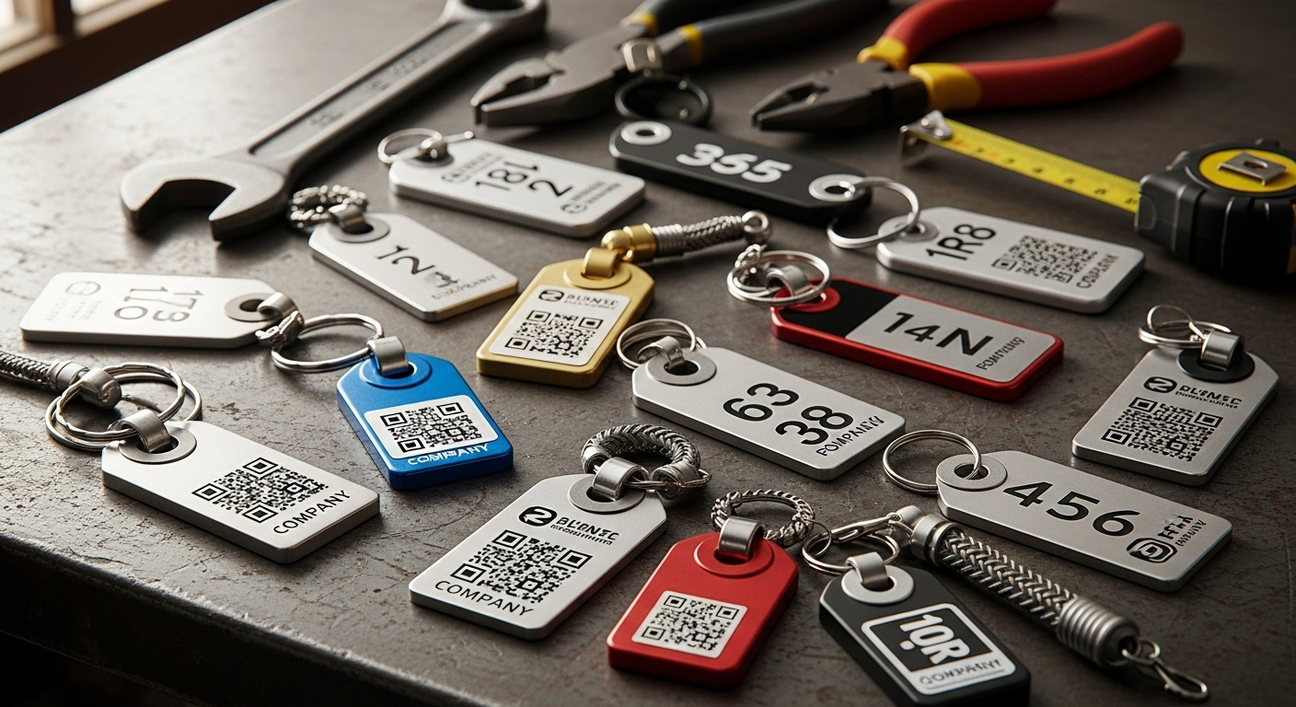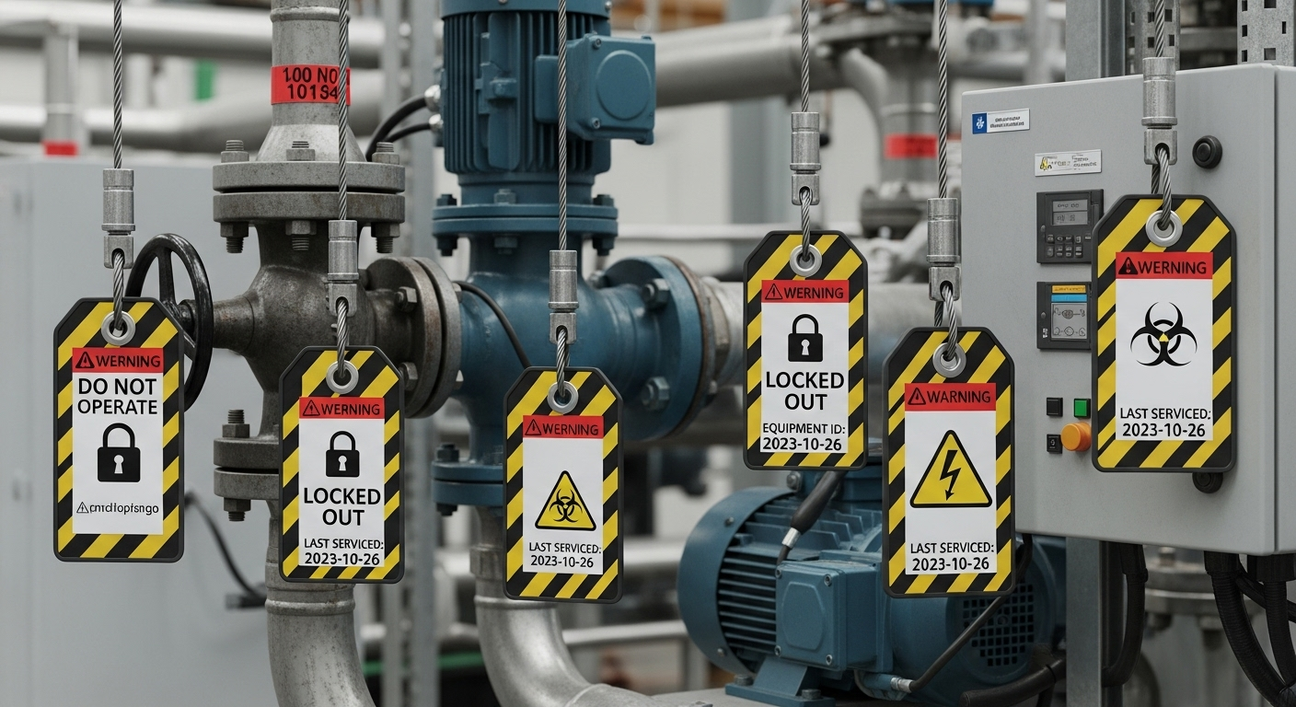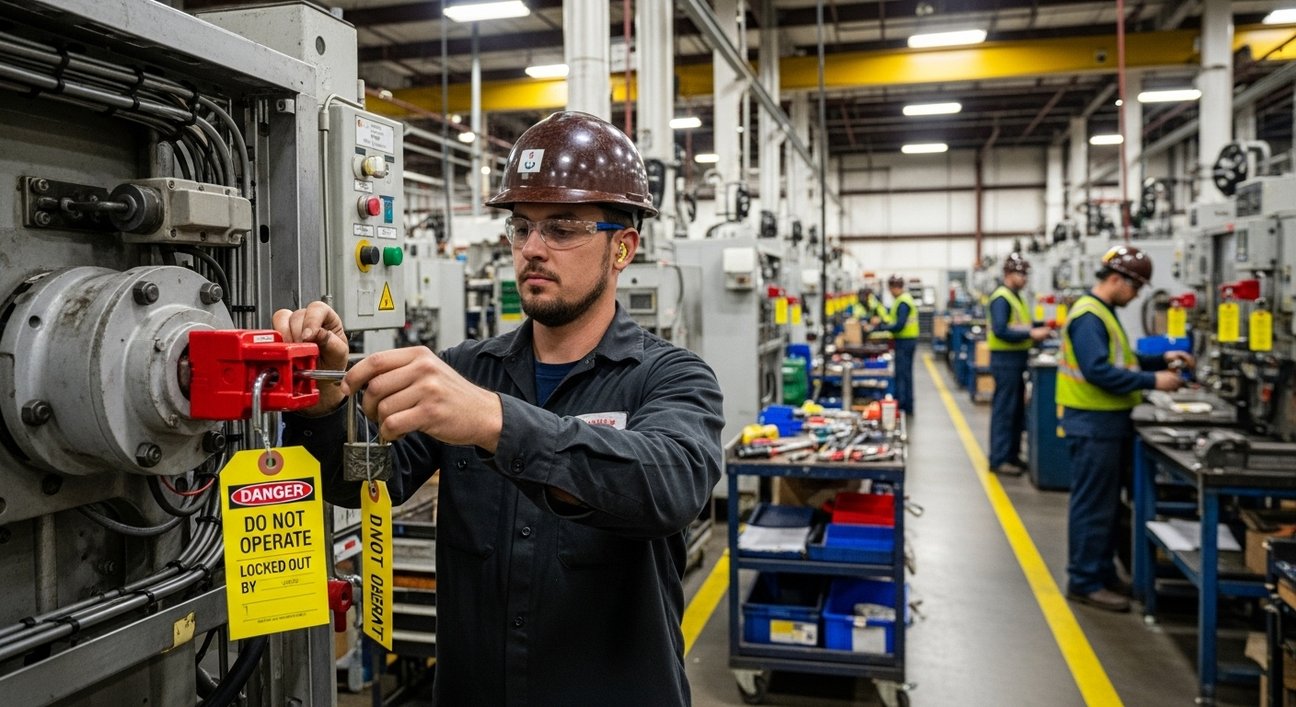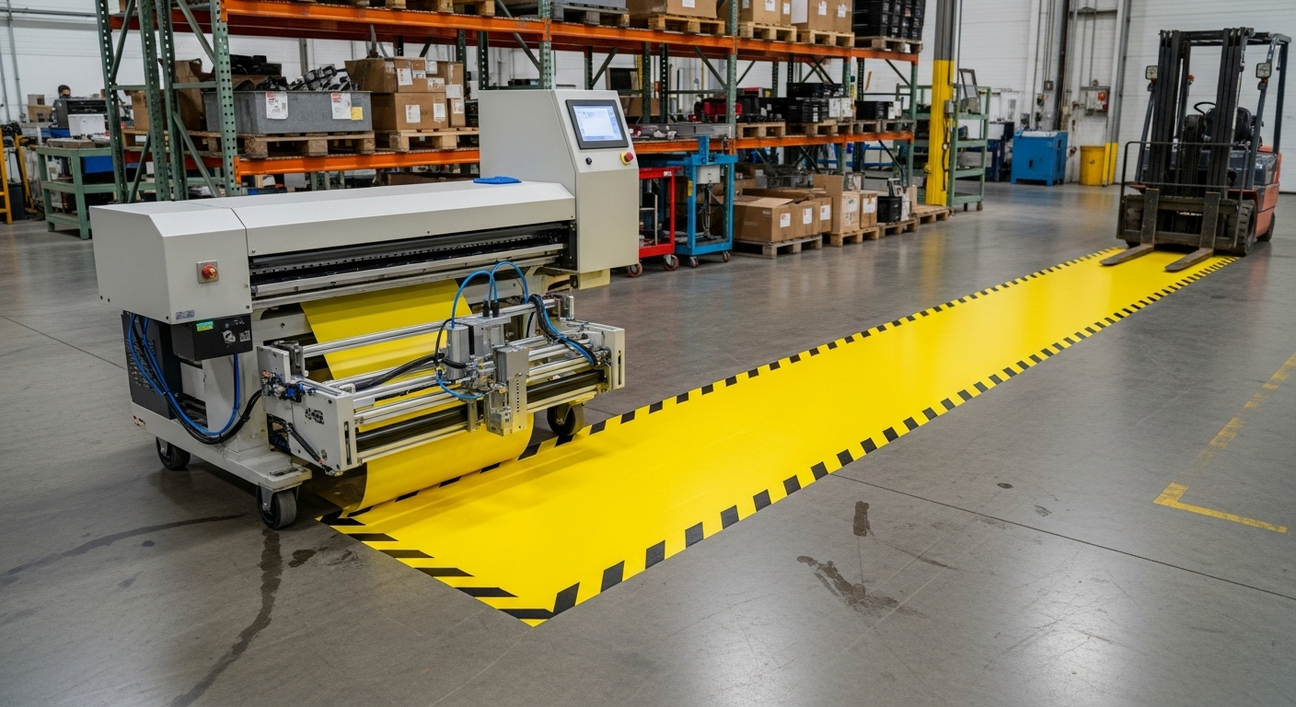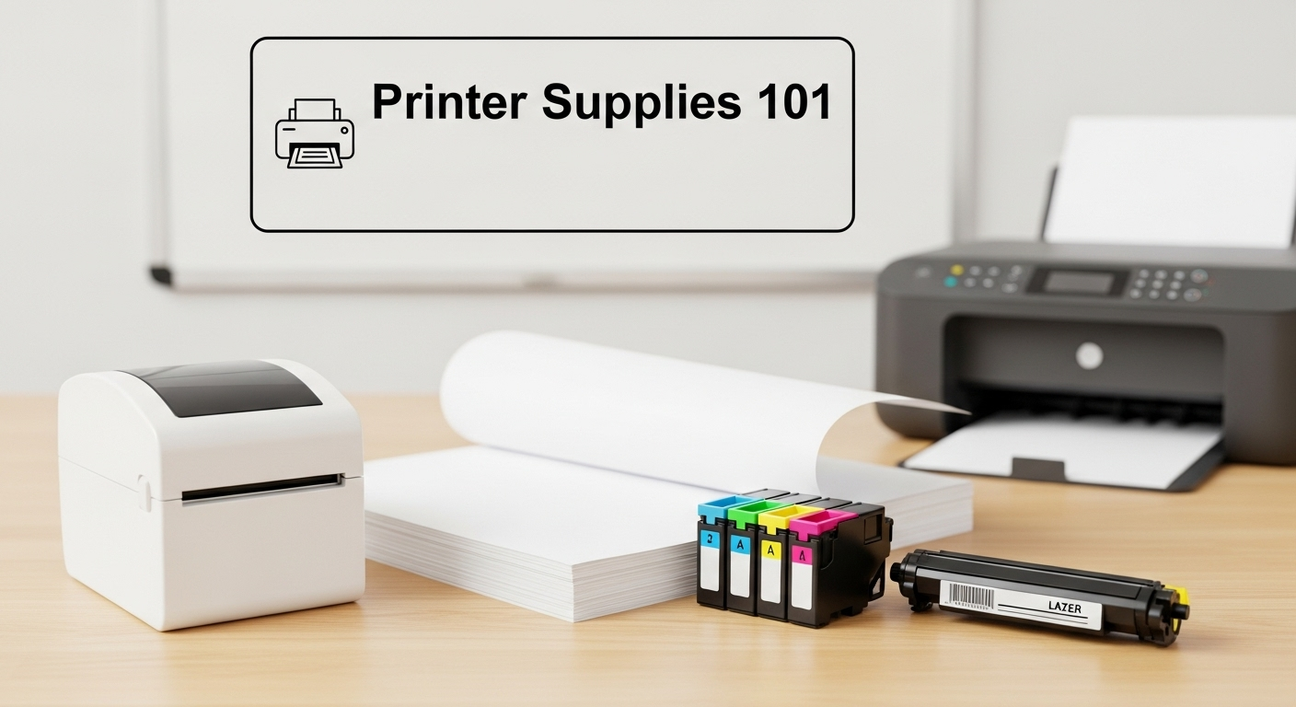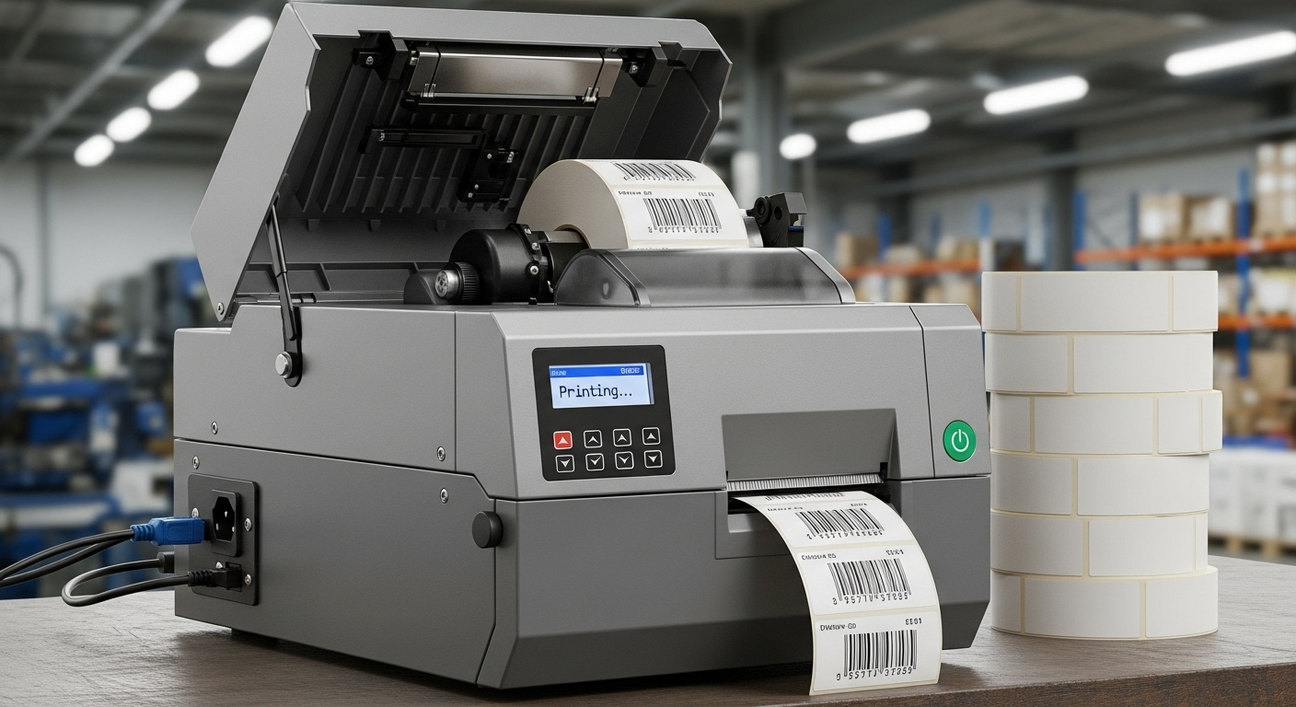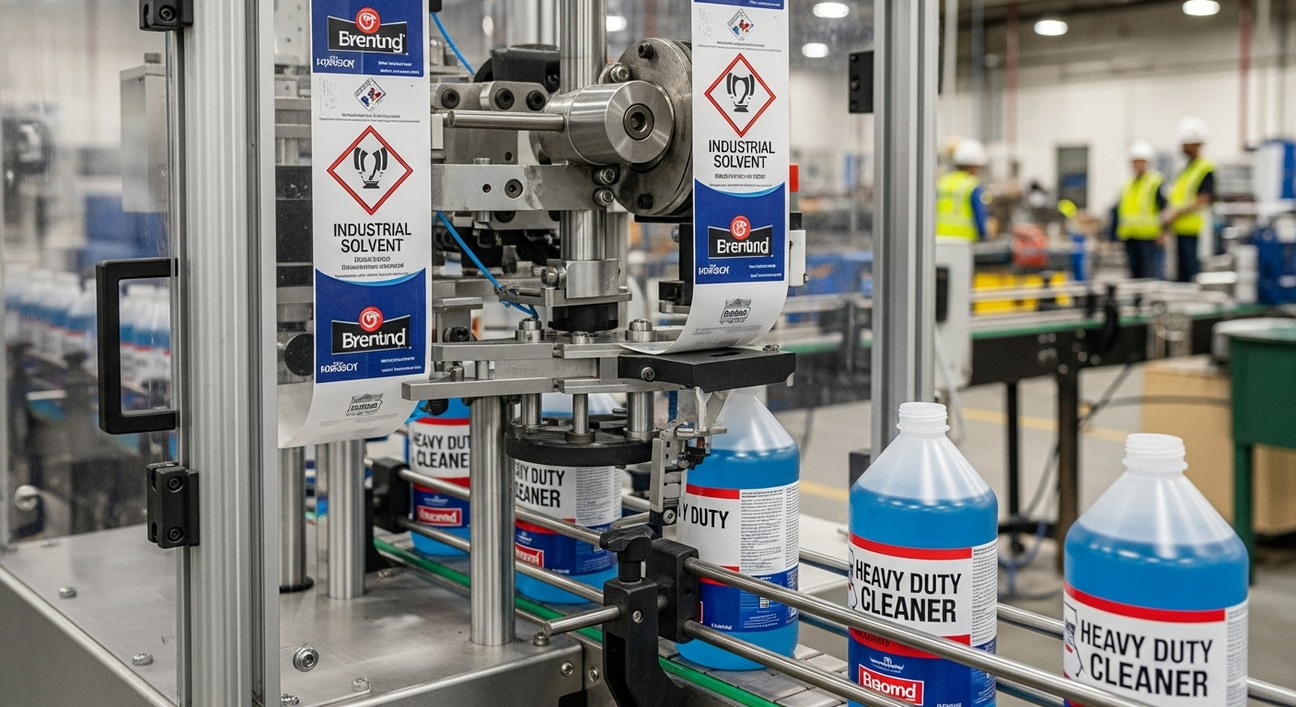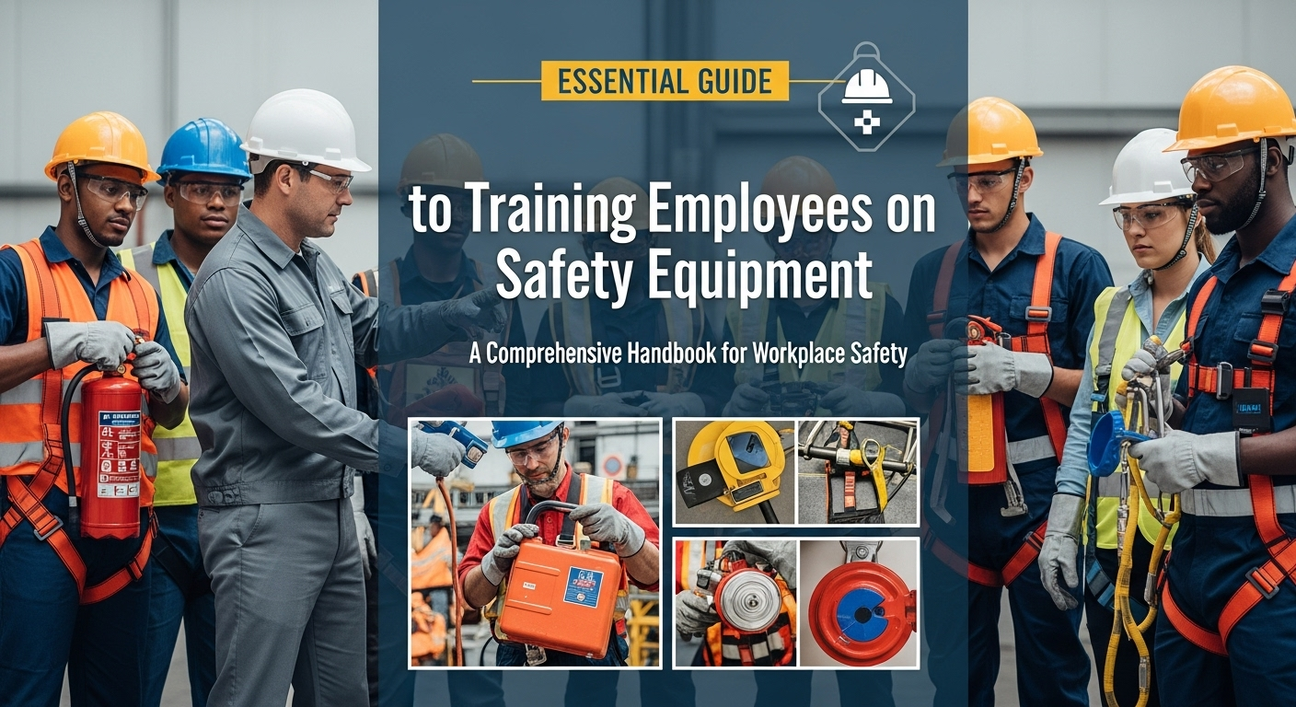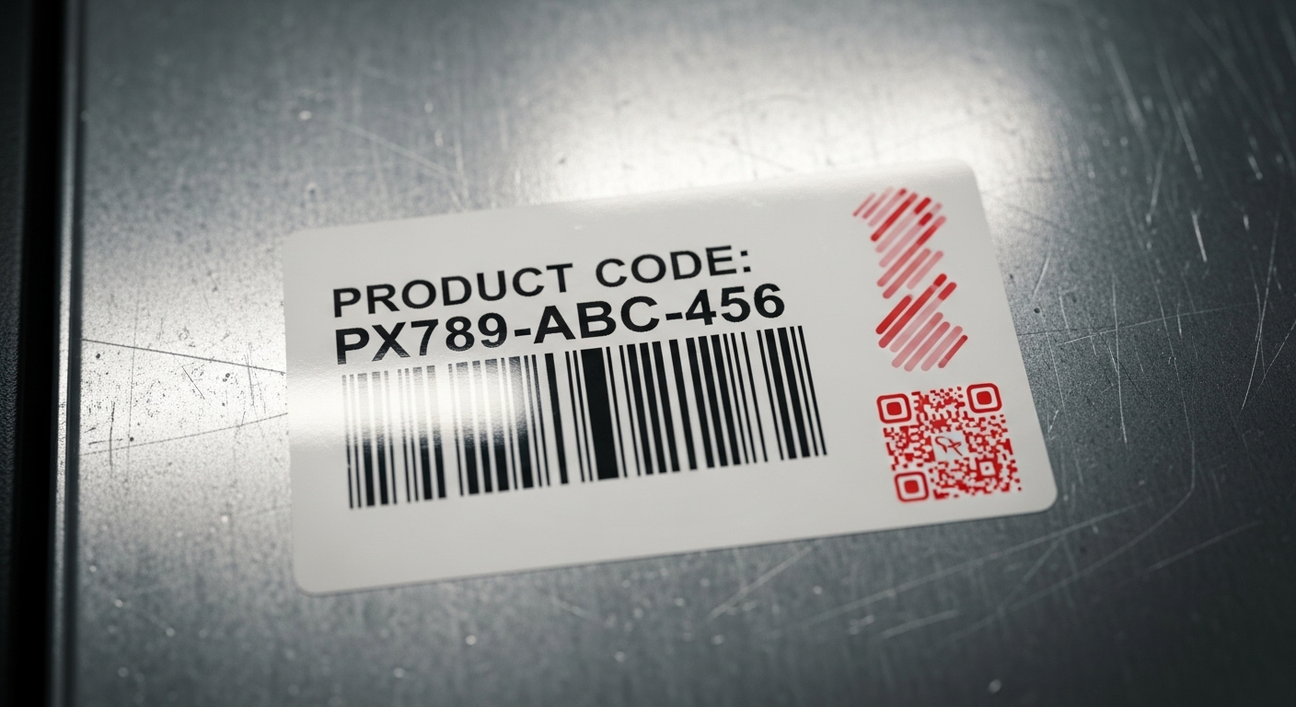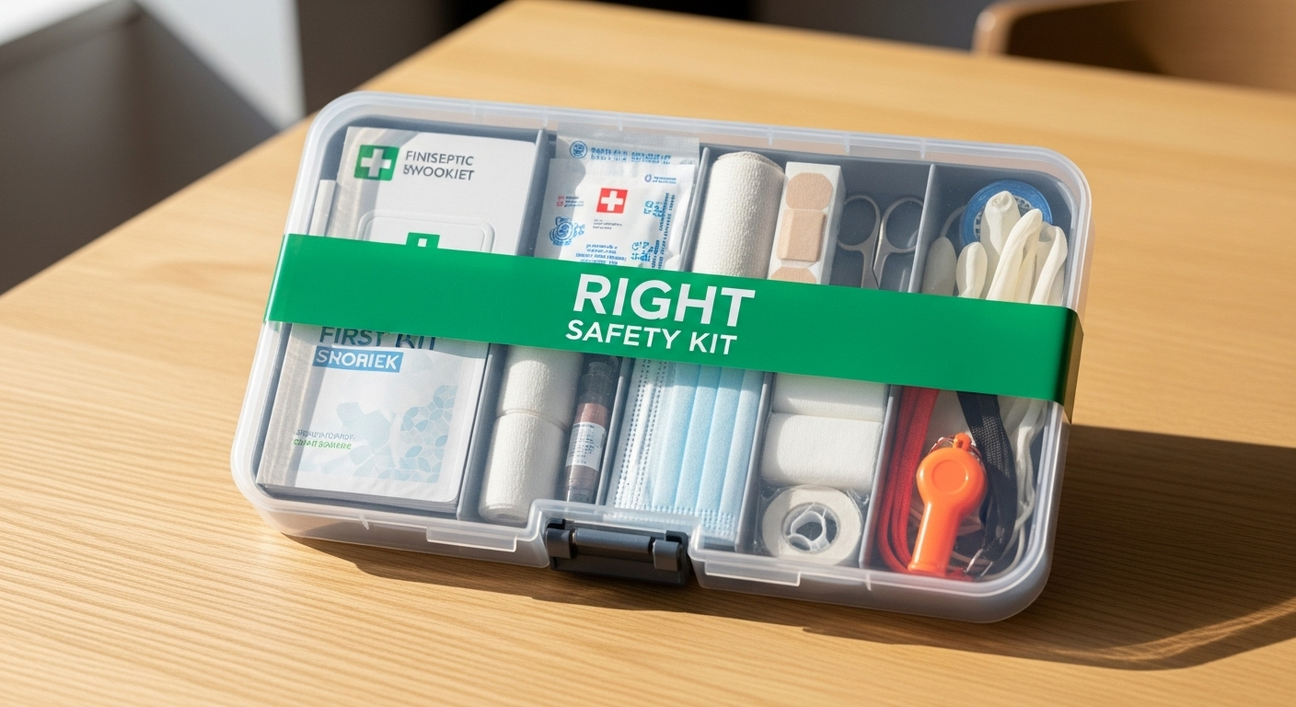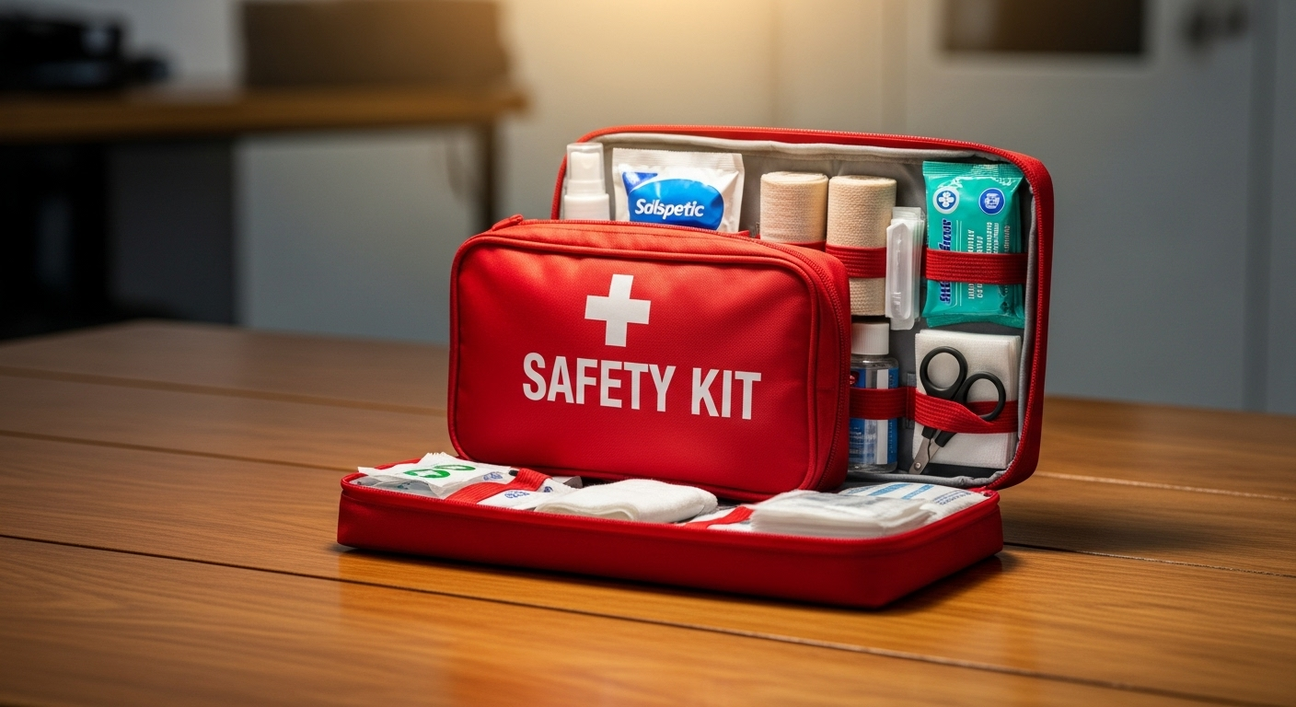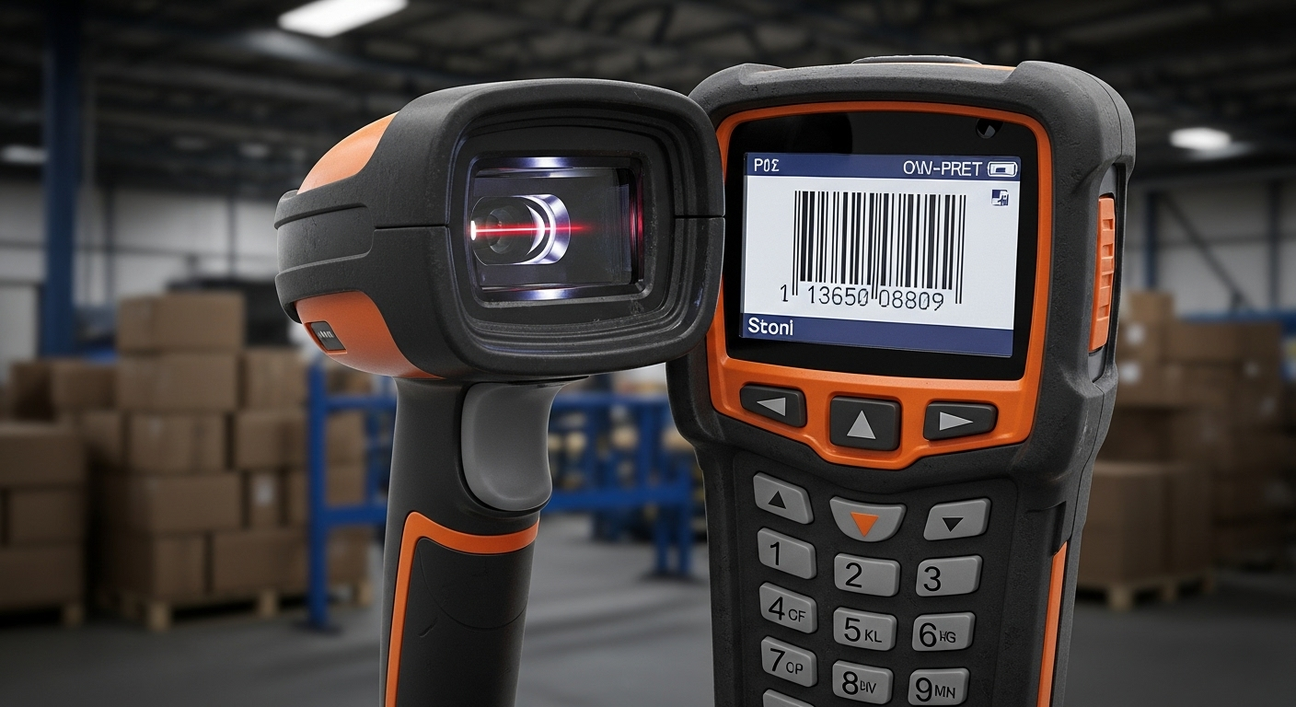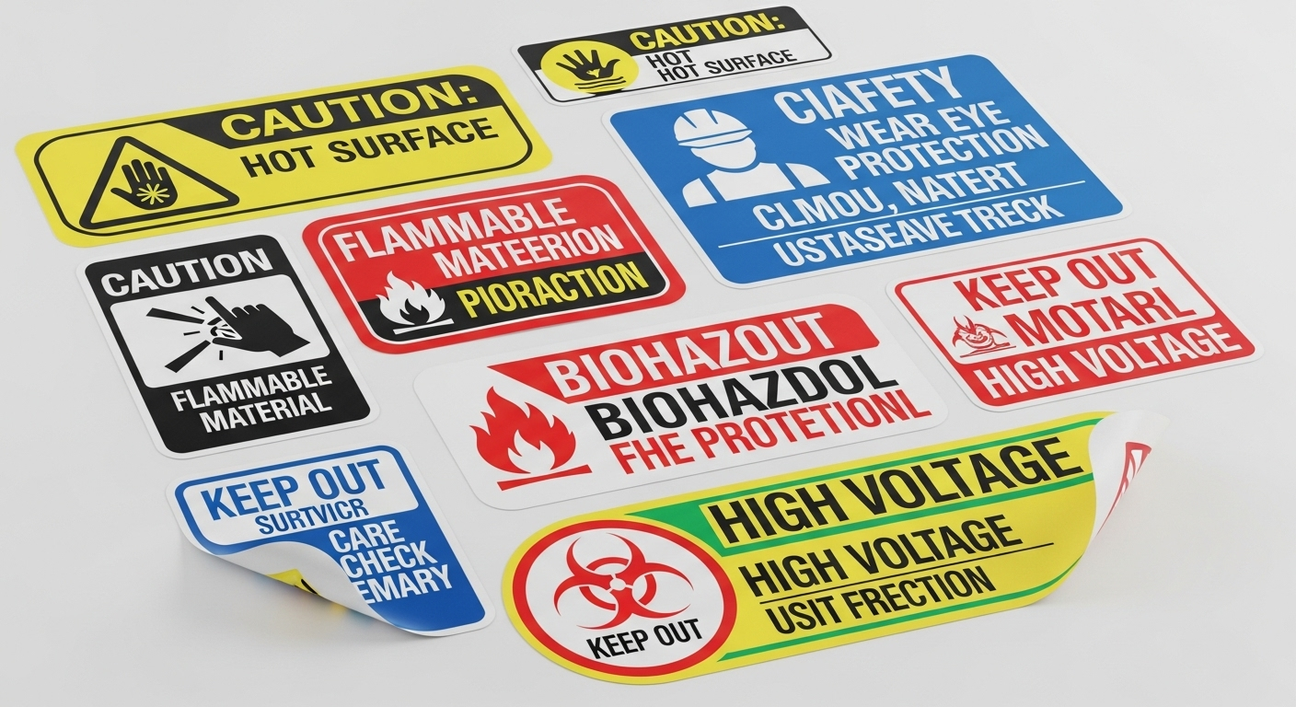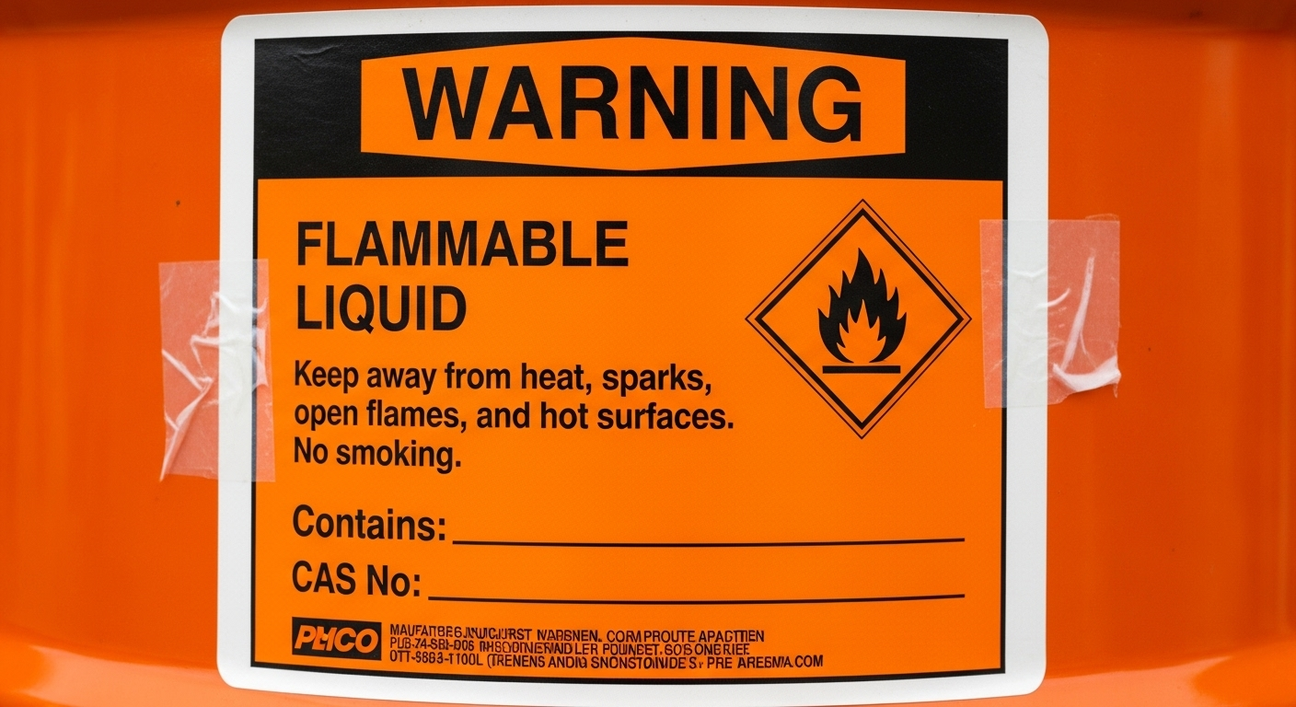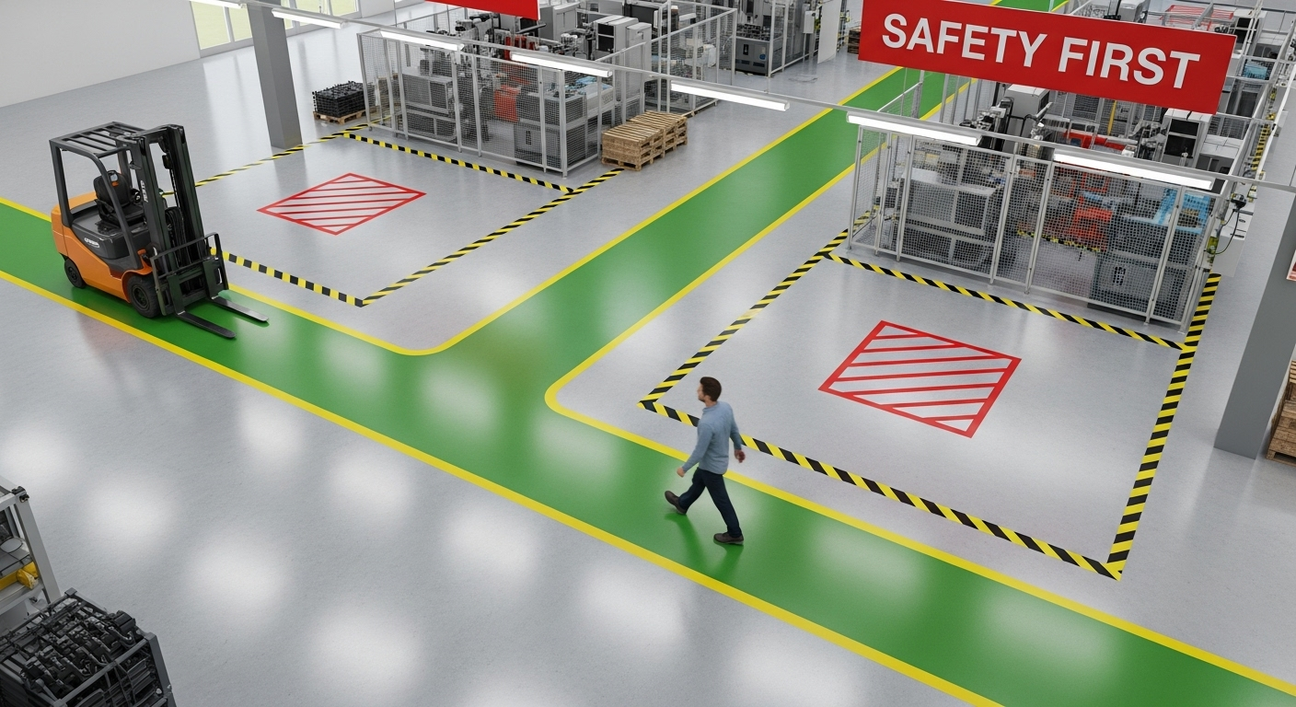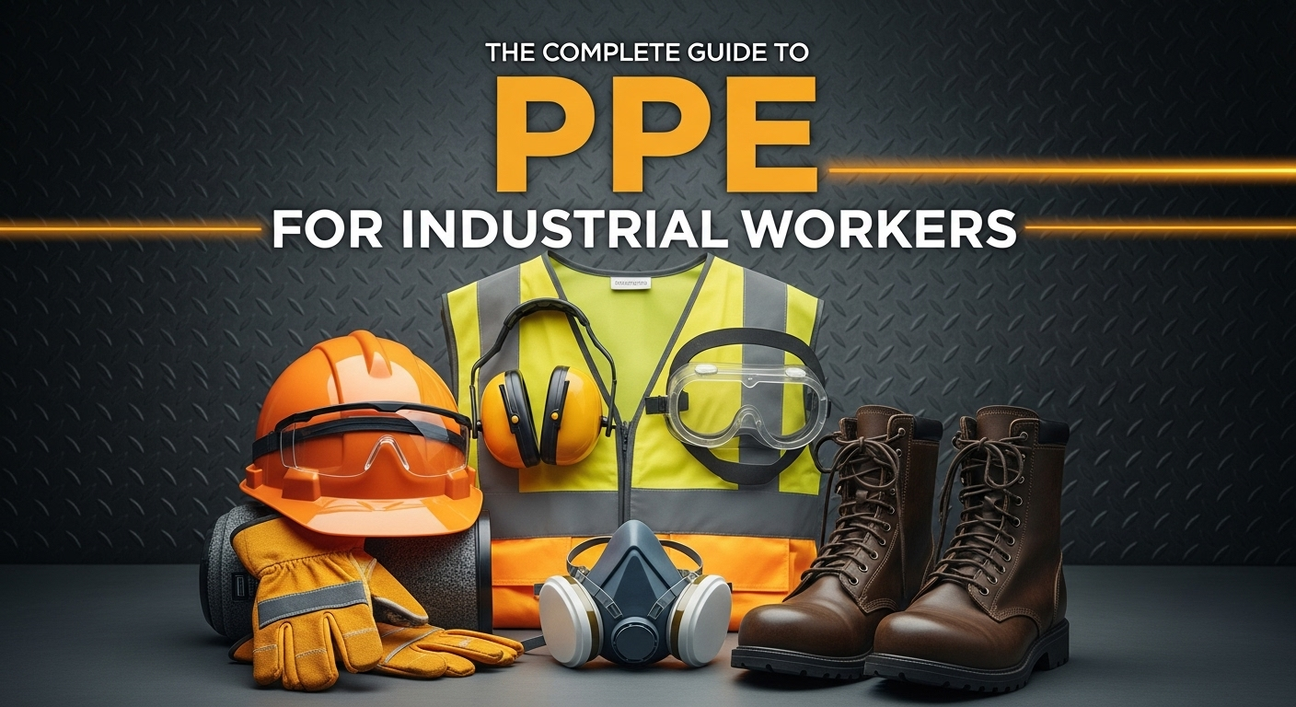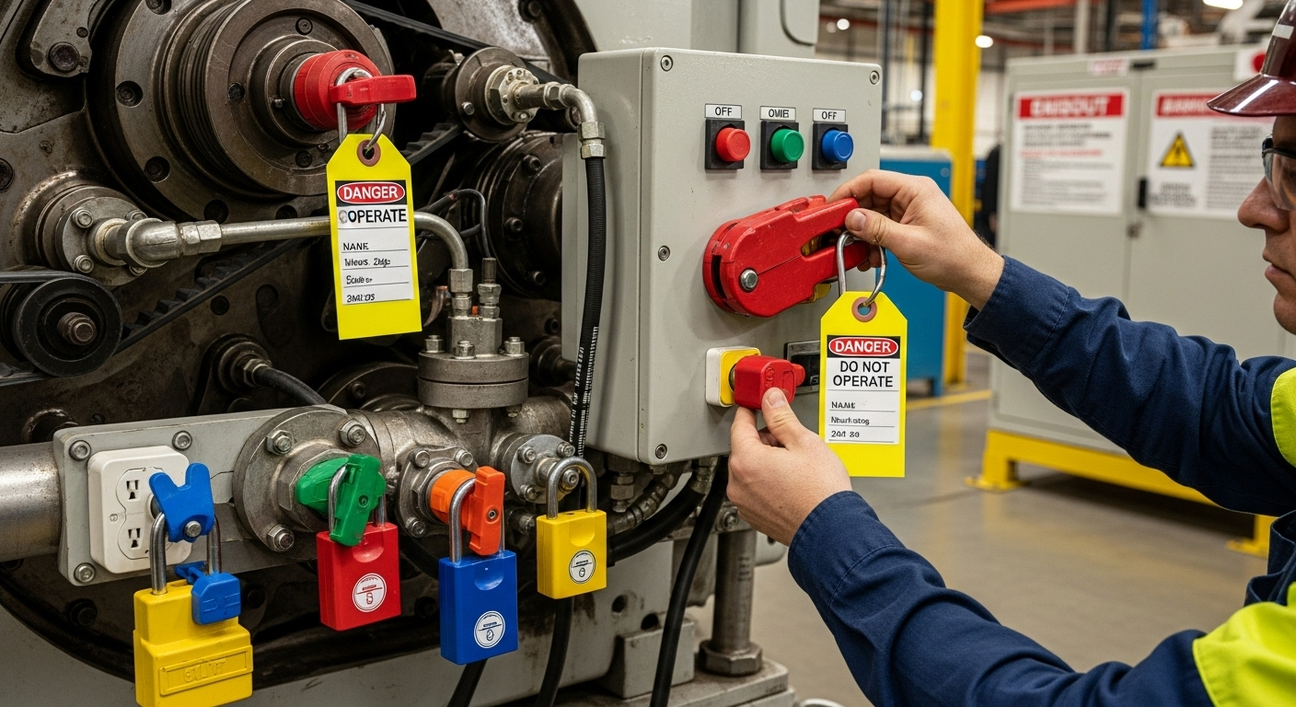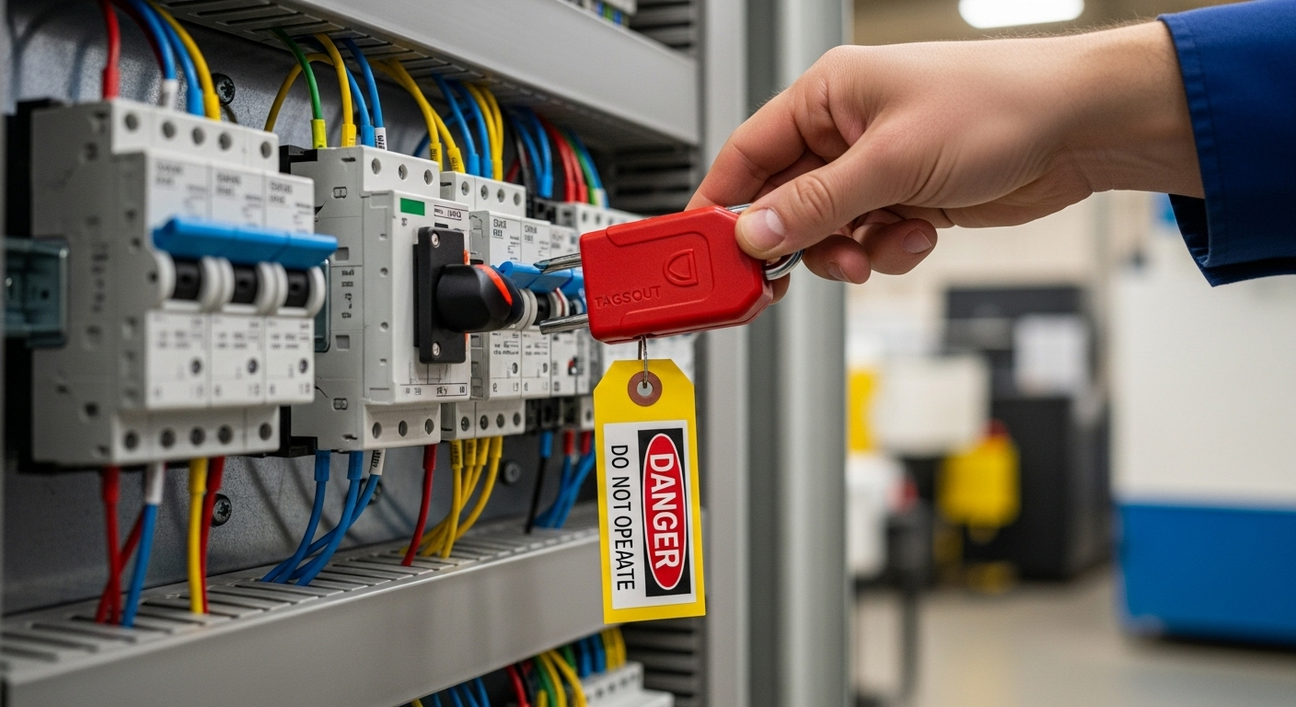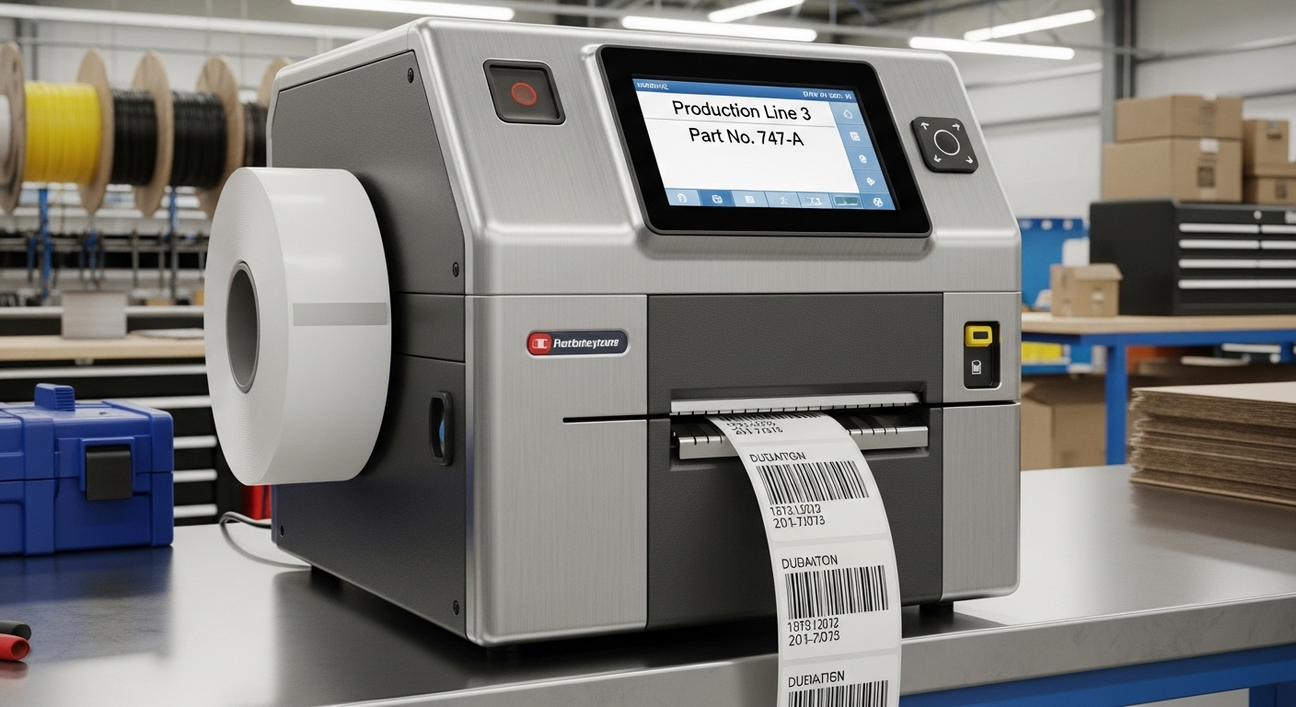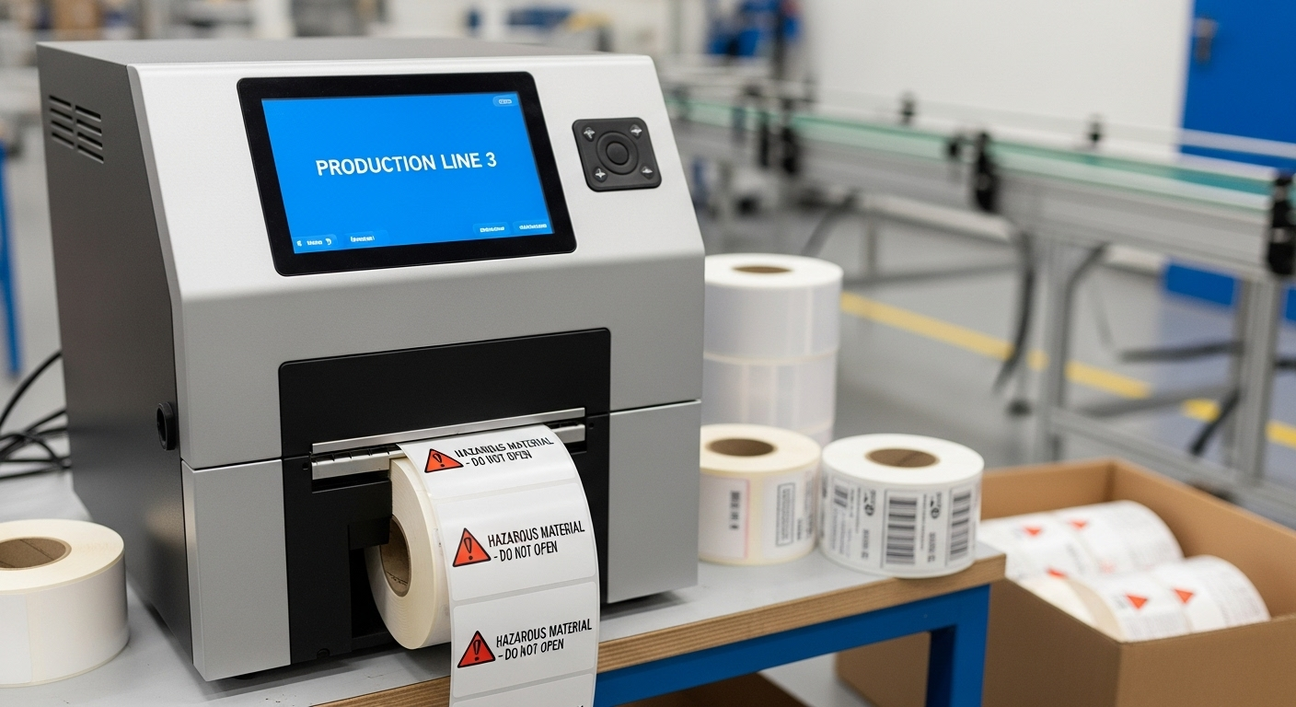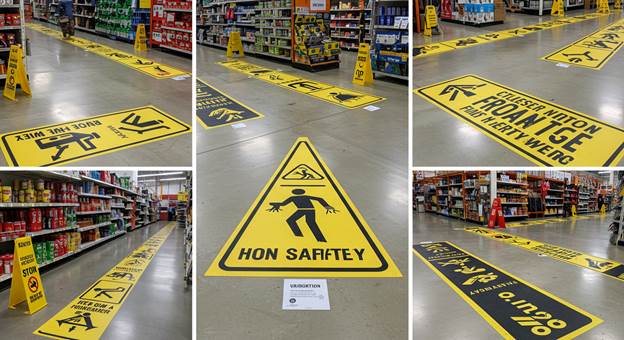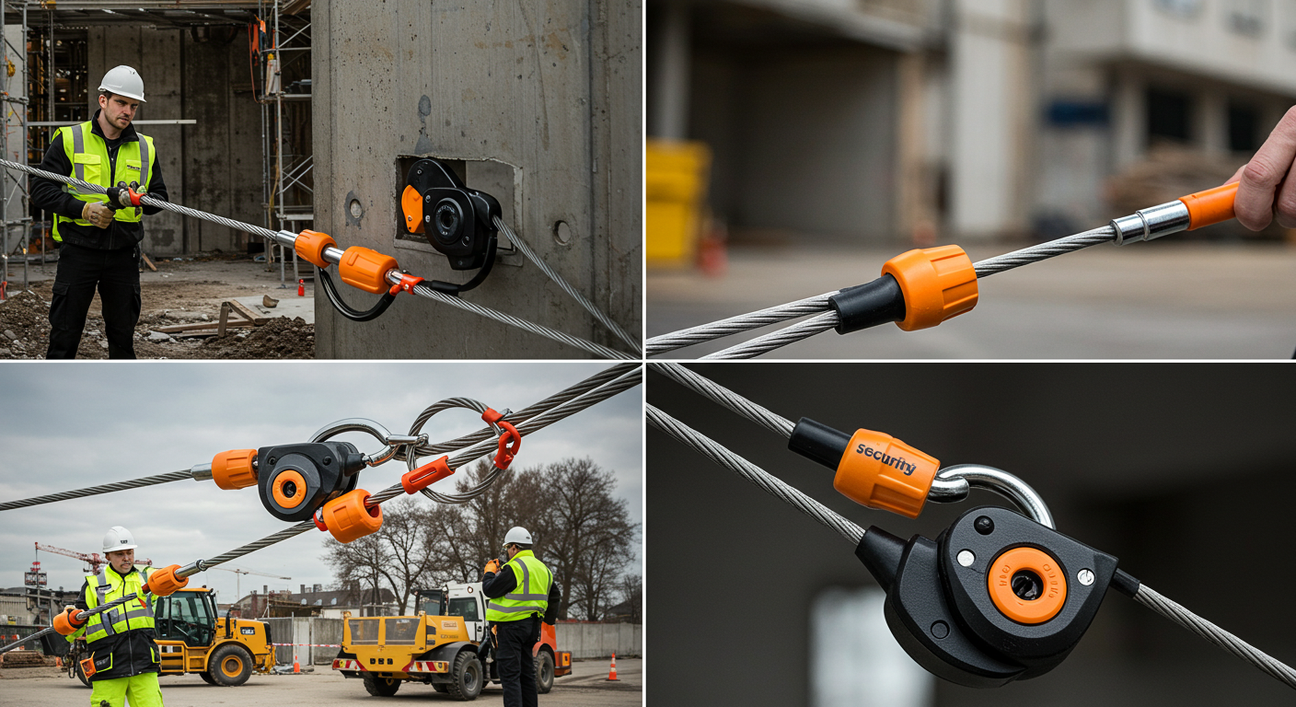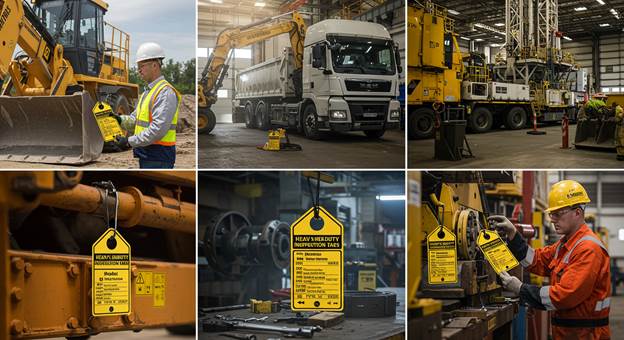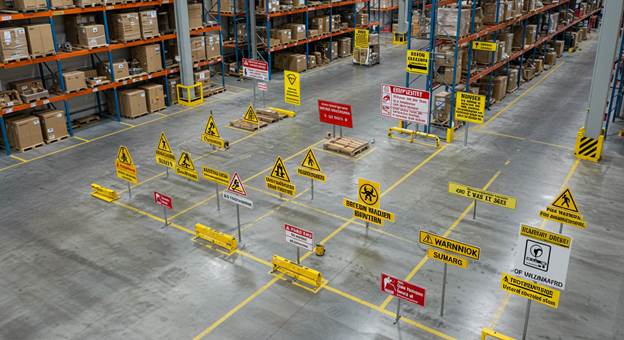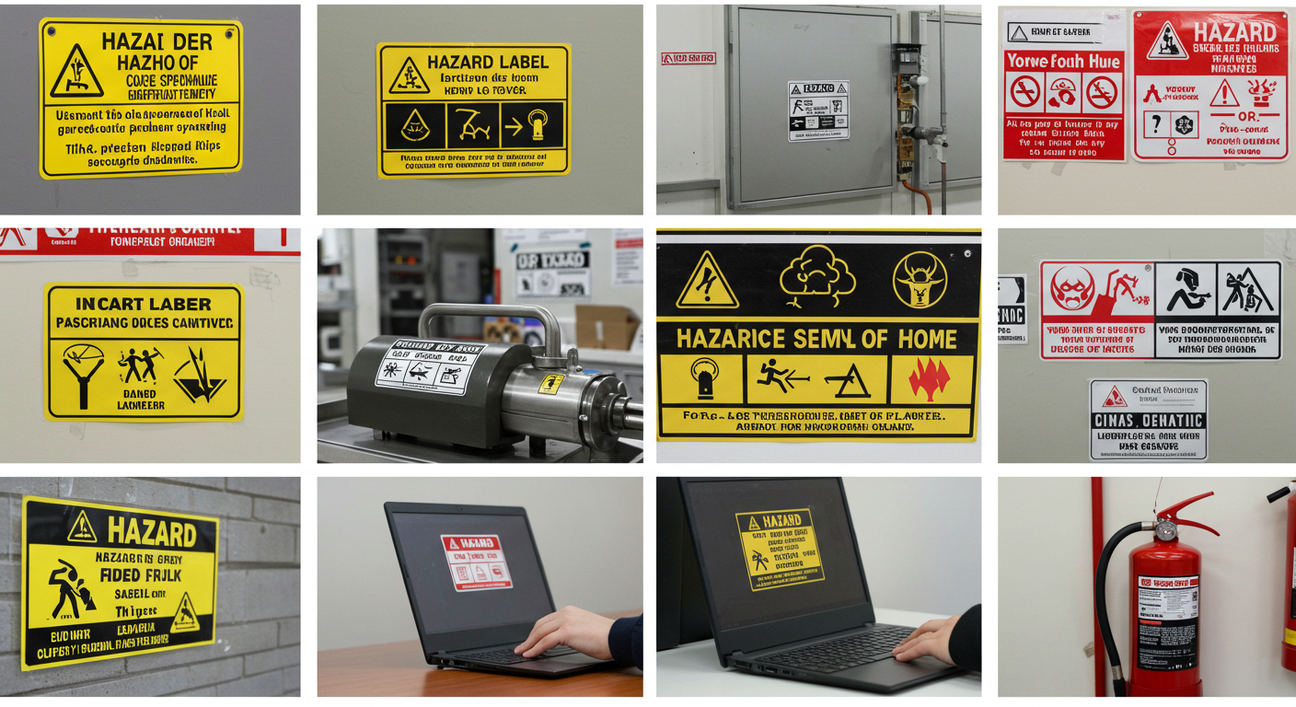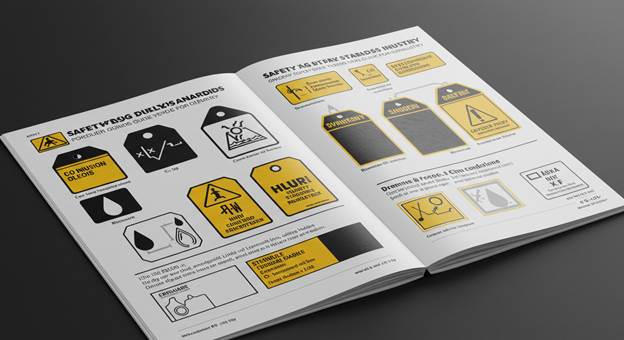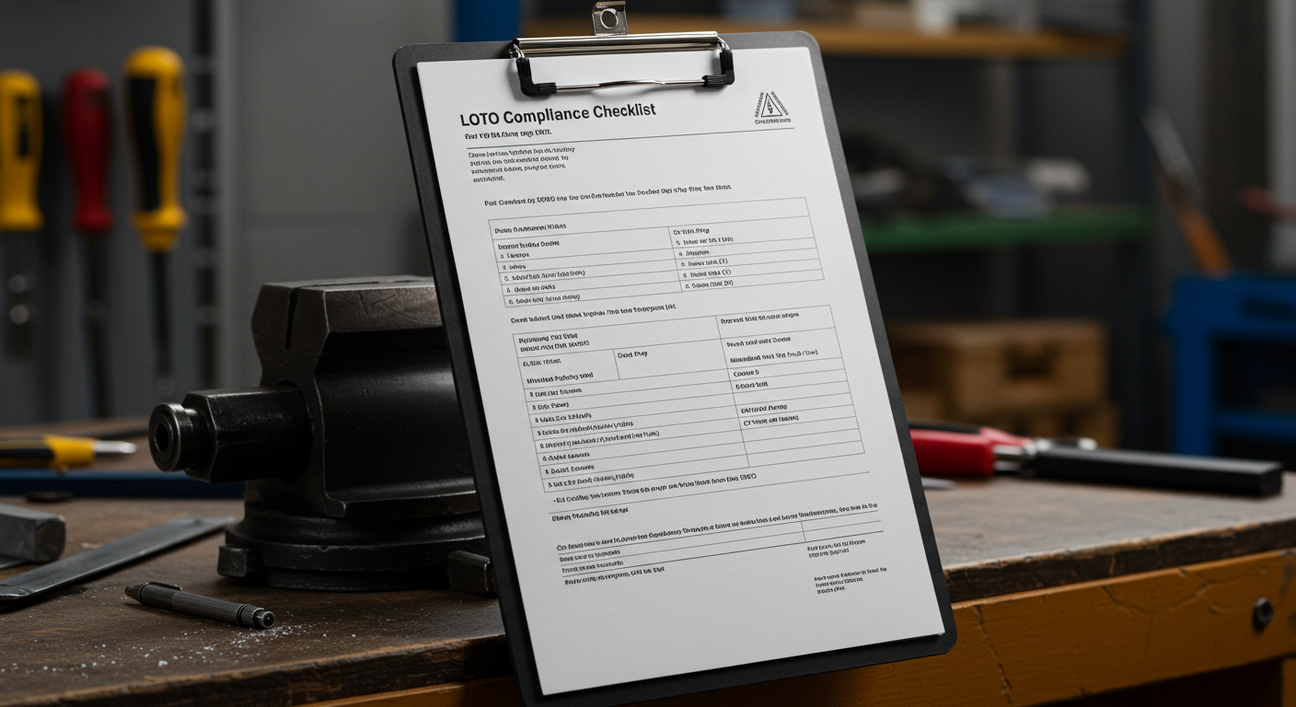Top Workplace Tagging Tips for Safety Compliance
Ensuring workplace safety is paramount, and one effective way to achieve this is through proper tagging systems. Tags serve as visual indicators, providing essential information about equipment status, hazards, and maintenance needs. This guide explores best practices for workplace tagging, common pitfalls to avoid, and innovative ideas to enhance safety compliance.
Why Workplace Tagging Matters
Workplace tagging is a critical component of safety management systems. Tags communicate vital information about equipment conditions, potential hazards, and necessary precautions. Proper tagging helps prevent accidents, ensures compliance with safety regulations, and fosters a culture of safety within the organization.
Best Practices for Effective Tagging
To maximize the effectiveness of your tagging system, consider the following best practices:
-
Standardization: Develop a consistent tagging system across all departments to avoid confusion.
-
Clarity: Use clear, concise language and universally recognized symbols.
-
Durability: Ensure tags are made from materials that can withstand environmental conditions.
-
Visibility: Place tags in prominent locations where they are easily noticeable.
-
Training: Educate employees on the meaning of different tags and the importance of adhering to them.
Common Mistakes to Avoid
While implementing a tagging system, be mindful of these common mistakes:
-
Inconsistent Tagging: Variations in tag design or messaging can lead to misunderstandings.
-
Neglecting Updates: Outdated tags may provide incorrect information, leading to potential hazards.
-
Overcomplicating Messages: Complex or technical language can confuse employees; simplicity is key.
-
Ignoring Feedback: Failing to consider employee input can result in a tagging system that doesn't meet practical needs.
Innovative Tagging Ideas
Enhance your tagging system with these innovative ideas:
-
Color-Coded Tags: Use different colors to represent various statuses (e.g., red for out-of-service, green for operational).
-
QR Codes: Incorporate QR codes on tags that link to digital manuals or maintenance records.
-
Photoluminescent Tags: Use glow-in-the-dark materials for tags in low-light environments.
-
Customizable Tags: Implement tags that can be easily updated with erasable markers for temporary statuses.
Leveraging Archford's Safety Tag Solutions
Archford offers a comprehensive range of Safety Tags designed to meet diverse industrial needs. Their products are known for durability and clarity, ensuring that safety messages are effectively communicated. Explore their offerings here: Archford Safety Tags.
Explore the Ultimate Guide to Tagging Tips & Ideas
|
Tags |
Tips or Ideas |
|
Tips for ensuring durability and visibility in harsh environments. |
|
|
Creative and clear tag designs that enhance safety awareness. |
|
|
Innovative tagging methods for better asset tracking and management. |
|
|
Best practices for implementing a clear and effective workplace tagging system. |
|
|
Practical ideas for industrial settings, focusing on visibility and clarity. |
|
|
Ideas for scaffold tagging that ensure safety and compliance. |
|
|
How to create inspection tags that meet safety standards and improve compliance. |
|
|
Creative ideas for safety tagging to reduce hazards and improve site management. |
|
|
Key tips for effective electrical isolation and minimizing electrical hazards. |
|
|
Best practices for asset labeling to enhance inventory management and tracking. |
|
|
Innovative sticker ideas for easy identification and durability of equipment. |
|
|
Essential tips for rigging safety, including correct tagging techniques. |
Conclusion
Implementing a robust tagging system is a proactive step toward fostering a safer work environment. By adhering to best practices, avoiding common mistakes, and embracing innovative ideas, organizations can significantly reduce workplace hazards. Partnering with trusted providers like Archford ensures access to high-quality safety tags that meet industry standards.
FAQs
1. What is the primary purpose of workplace tagging?
Workplace tagging aims to communicate essential safety information clearly and effectively to prevent workplace accidents.
2. How often should safety tags be reviewed or replaced?
Regularly inspect tags for wear and tear, and replace them as needed to maintain visibility and accuracy.
3. Can safety tags be customized for specific industries?
Yes, providers like Archford offer customizable tags tailored to the unique needs of various industries.
4. Are there digital alternatives to traditional safety tags?
Incorporating QR codes or RFID technology into tags can provide digital access to detailed safety information and records.
5. How do safety tags contribute to regulatory compliance?
Proper tagging helps organizations meet safety regulations by clearly indicating equipment status and potential hazards, thereby reducing liability.

